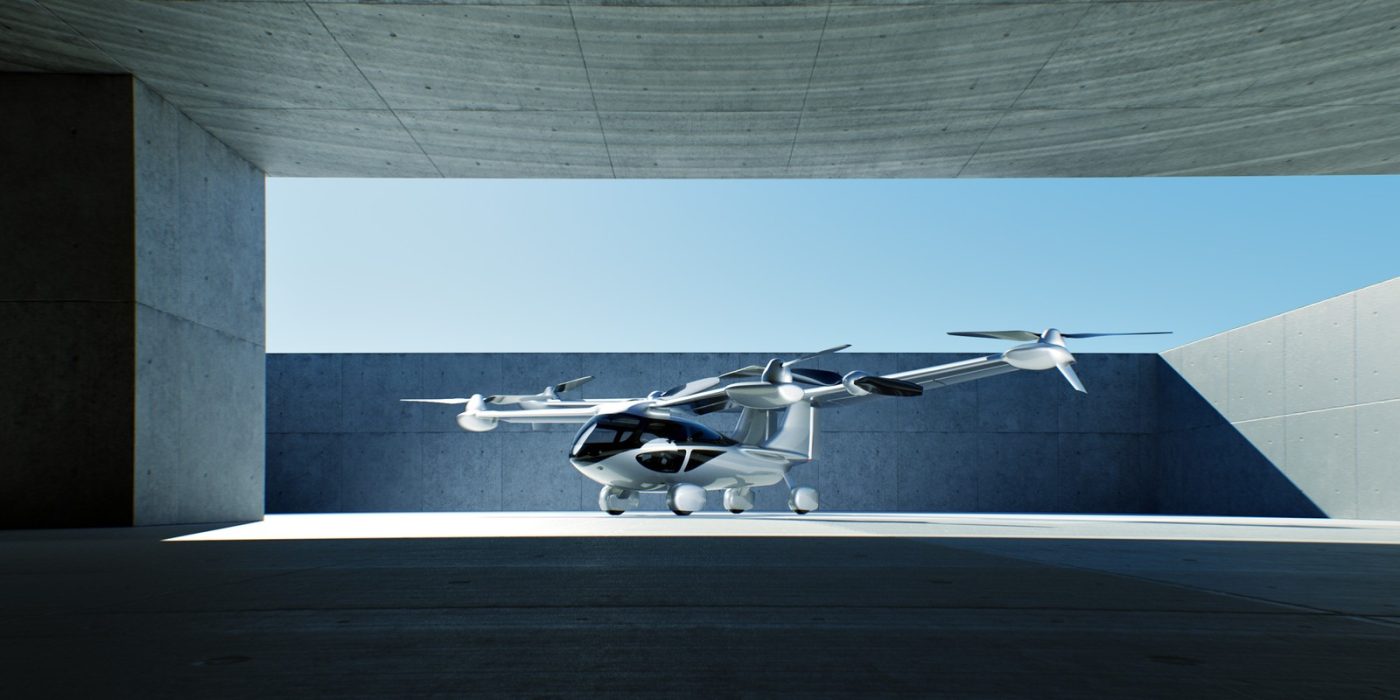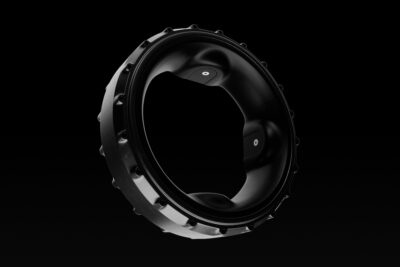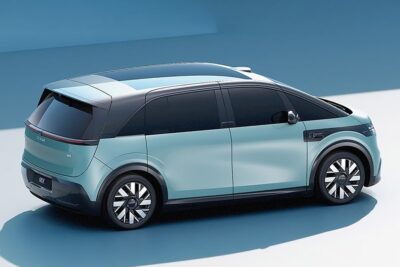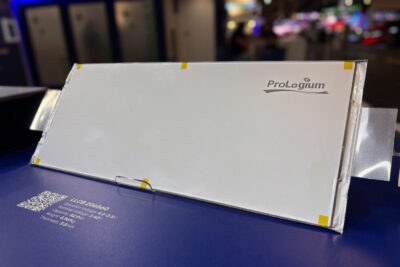CES: Aska shows a “real flying car” with the A5 eVTOL
The US startup Aska has landed a prototype at CES. The Aska A5 is a “flying car” that is an electric VTOL with a significant range while capable of driving on the ground. The company has opened pre-orders and is confident to launch in 2026.
Aska claims the A5 has a range of 250 miles or 400 kilometres once airborne, which seems impressive since the VTOL also has the size of an SUV, according to the company. The trick is in a range extender running on gasoline.
Still, the company seems to be taking the “drive and fly” approach seriously. This is a “real flying car,” said Guy Kaplinsky, Co-Founder and CEO. “Aska is positioned as a new generation vehicle that combines the convenience of an automobile with the ease and efficiency of VTOL and STOL flight.”
Aska specifies driving speeds of 70 mph (113 kph) on the road and 150 mph (241 kph) when flying. At the same time, the A5’s measurements shall further enable vertical take-off or landing from any helipad while also fitting into existing parking spaces when on the ground. The A5 can also be charged like any other EV.
Regarding such drive, Aska mentions a proprietary power system with in-wheel motor technology without going into technical detail. This allows all four wheels to be placed outside the fuselage for AWD traction, better aerodynamics, and maximized interior space to seat four passengers, so Aska.
In flying mode, the wings with six rotors unfold, allowing the vehicle to take off vertically or do conventional runway take-offs. The company adds that the large wing was optimized for gliding, smooth landings, and efficient energy consumption, while each tilt rotor is utilized for vehicle control.
“In the US alone, there are around 15,000 airfields with runways,” explains Maki Kaplinsky, Co-Founder and COO. He likens the take-off in less than five seconds to the performance of an F-18 Super Hornet fighter jet taking off from an aircraft carrier.
Lastly, the statement adds a few use cases. The Aska A5 shall mainly serve an On-Demand ride service, which the company expects to launch in 2026. Aska envisions certified pilots picking customers up at their homes – if they happen to have a helipad – and flying them to their destinations. Or near their destination so that they can drive the last mile.
CEO Kaplinsky added the vehicle would address not only consumers but sees “significant business potential in emergency response use, military use, as well as on-demand ride-sharing mobility services.”
While this may sound futuristic and undoubtedly difficult to legalize in “normal” life, Aska has been working with NASA since 2020. They signed a five-year Space Act Agreement to partake in the Advanced Air Mobility National Campaign, jointly organized by the FAA. In 2022 the FAA accepted Aska through their intake board, so the company is now working towards type certification. Full-scale flight testing will start after the CES, according to Aska.
Aska was founded in 2018 and maintains corporate and engineering facilities in Los Altos and Mountain View, California.
As for claims that this was a world’s first, Audi’s Pop Up Next concept just sprang to mind. Discontinued in 2019, the carmaker and Airbus were working on a two-seater passenger cabin that could be coupled with a car or a flight module.




